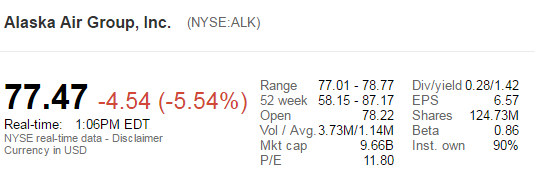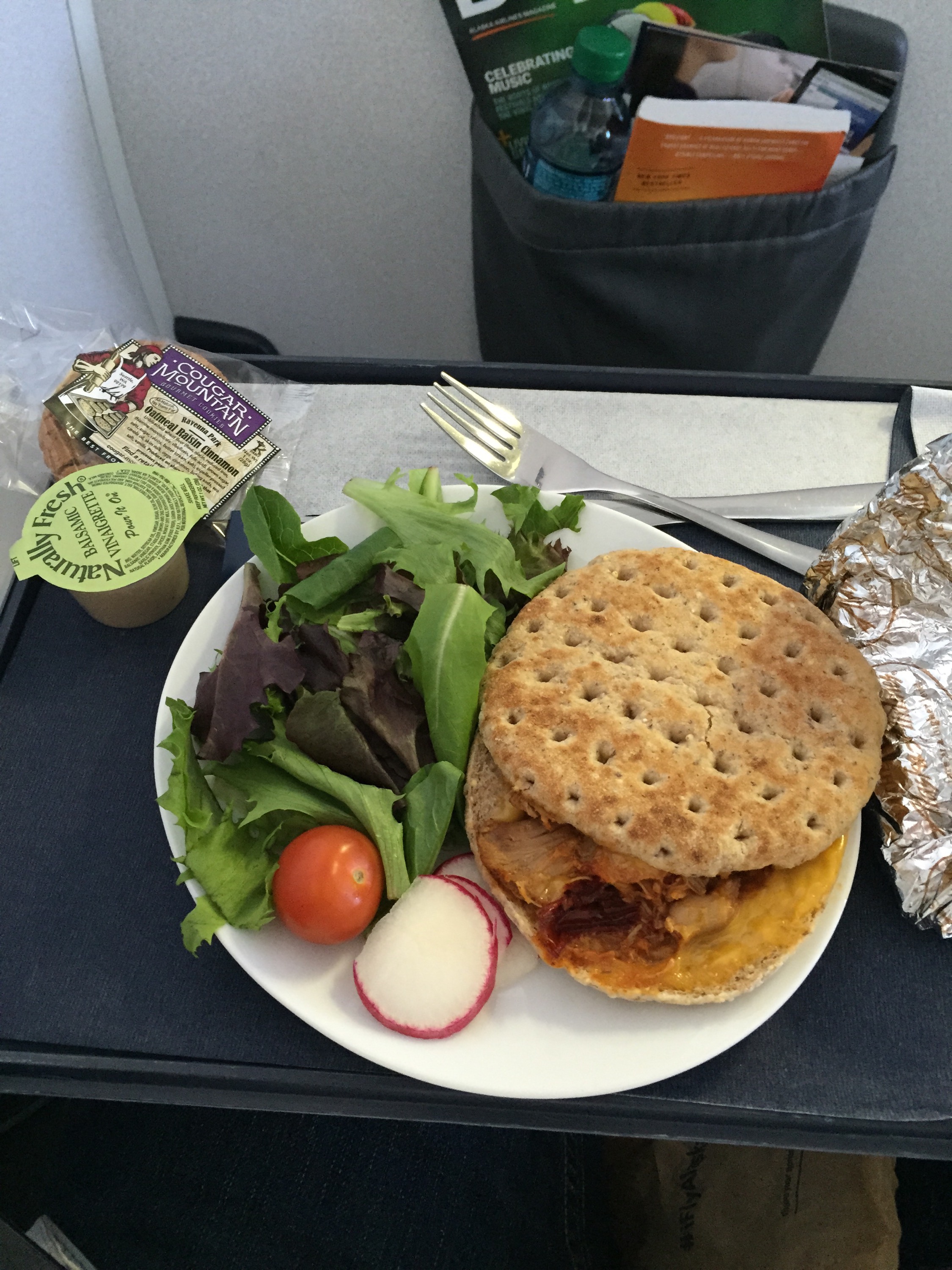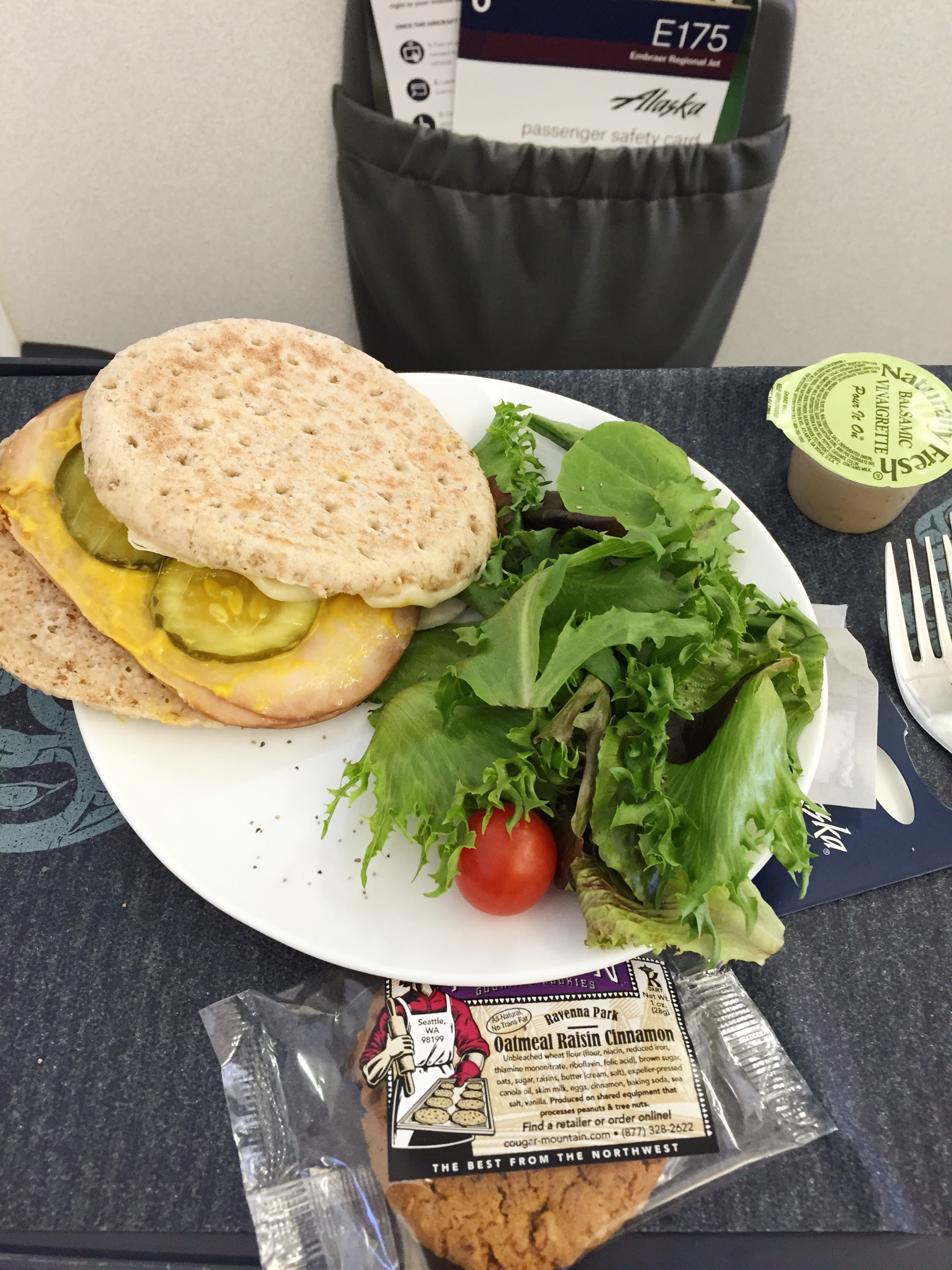Last night as I boarded my flight home from a week of work in New York City, I noticed that the seats on my United Airbus A320 looked a little different. Turns out I was experiencing the newly converted A320 with the Recaro slimline seats with the “comfort” upgrade. These seats are very similar to the Lufthansa NEK seats that have caused a bit of stir in their frequent flyer ranks, the difference being that United’s install has more padding and are supposed to be a more comfortable experience. From my three hour and fifteen minute flight last night, my conclusion are that the seats are a downgrade for passengers.

My immediate reaction to the flight last night was a little bit of the knee-jerk, “I hate change!” type but after gathering my thoughts and reading through my notes, my summary is this – the seats are not a one for one swap with regards to passenger comfort when compared to the previous United A320 seats and the new seats are certainly not an improvement. United’s reasoning for these seats was clear from the get-go, they wanted to fit an extra row of seats on the plane and these seats allowed them to do that by moving the rows closer together.
I was seated in row 21, seat A, an exit row window seat, for my flight last night. The first thing I noticed was that the legroom in this particular row had been severly reduced. The previous seat configuration here gave so much legroom that a passenger could barely touch their bag if there was one under the seat in front of them. The exit rows were clearly the losers when it came to where rows were squeezed closer together. The second thing I noticed was the somewhat cheap feeling of the seat. It is flimsy, just like the Lufthansa seat. When you or others in your row move, the lightweight metal frame of the seat is not very forgiving, allowing that movement to be felt by everyone else in the row.
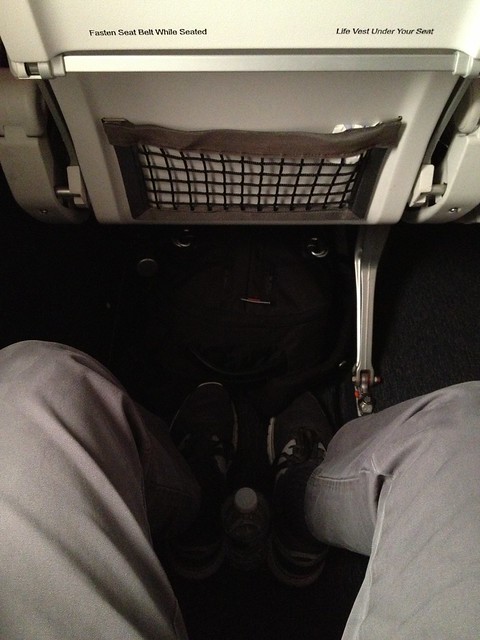
The magazine storage has changed so that the magazine and safety briefing card are now in a small plastic divider behind the tray table. I was not surprised by this, I have seen the setup before on Lufthansa and it is actually a smart way to store the magazines. Where the negatives are for the passengers is the standard storage sleeve. What used to be a pocket in the seatback in front of you is now a shortened mesh pocket that is not good for storing much. I typically carry a small bag with my headphones and electrical accessories and between it and an iPad mini, the storage area could barely hold them. The seatback pocket is great for holding things and allowing a passenger to stay in their seat and avoid moving things around in the overhead bin.
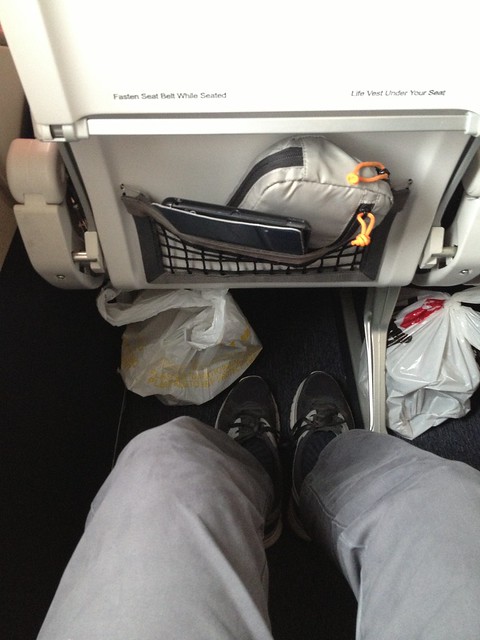
The tray table on these new seats is noticeably smaller. In the exit rows the tray table used to be held in the armrest, that is no longer the case. I did not see what the setup was for the bulkhead rows but in the exit row, the tray table is now on the seat in front of you. The width has been reduced but I would say the depth is about the same as what the tray tables were when stored in the armrests. Again, the metal connections feel a little flimsy here. I rested my hands holding a book on the table and without really pushing I could feel a significant give in the table.
Lastly, the seat itself and a number of aspects that I find contribute to the overall uncomfortable feel of these seats. A lot of people think it’s the padding alone but with the things I list below, I think it is a group of things that really make these seats a downgrade for passengers.
- The comfort package does not add a significant amount of padding. There is definitely more than what Lufthansa offers but it is certainly not a huge improvement. It slightly removes the wood feel of the Lufthansa seats.
- The bottom cushion of the seat is a standard width but does not extend as far forward under the passenger’s legs as the previous seats. I would say the bottom seat cushion reminded me more of an exit row seat on a regional jet where they had to reduce its length to comply with safety standards. Thinking about this now I wonder if it is the same case on the A320s, the exit row required the seat cushion to be shorter. If you’ve flown in a regular row (rather than an exit row) on this converted plane I’d love to know if you felt the same way about the bottom cushion.
- There is very little lumbar support. In United’s announcement about these seats it was stated that there would be more lumbar support than the seats installed on Lufthansa but if it was there, it definitely was not noticeable. I thought reclining would help a little but it did not.
- The armrest width and length has been significantly reduced. The armrest is no longer as long as the seat is deep, ending up around four to five inches shorter. The width suffers greatly as well. I used to be able to share the armrest with a neighbor, each of us taking a little bit of it, but that is no longer possible. My seatmate and I were being polite and trying to do just that on the flight but we both commented that it wasn’t really possible.
- Tapering of the back of the seat. Halfway down the seatback, the seat tapers inward, leaving larger gaps between the seats. I have not noticed this before on Lufthansa flights but doing a quick Google Images search shows that it is there as well. My only comment on this is that it leaves you feeling a little more exposed. The armrest used to fill this void now there is nothing there. It is not a huge deal, just really different.
- The multidirectional headrest is small but slightly padded. I do not see any real benefit.
All of the above, especially items 1-4, combine to make the seat uncomfortable. Let me explain. Since there is less support under the forward portion of your legs your butt slides forward some so that your back takes on more of a support role, but there is no longer significant lumbar support so you continue to slide forward. To counteract this you have to use your feet to push yourself back into place. This process repeats until finally you leave your feet firmly planted on the floor to keep from sliding forward. In the exit row window seat there is no armrest attached to the seat on the window side leaving you with the middle seat’s outer armrest to try and keep your balance. This leaves you kind of squirming in the seat trying to find a comfortable position. I tried leaning back against the headrest but to keep from sliding into a slouched position I had to plant my feet and push myself into the seat to use the headrest.
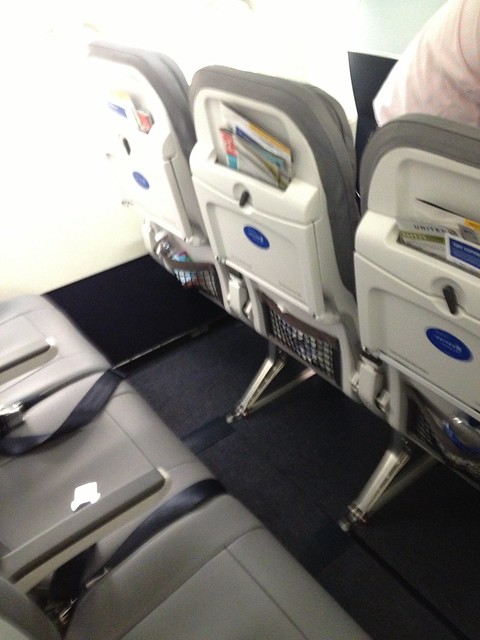
If you can’t tell from the short novella I have written, I do not find the seat very comfortable. I think it is a downgrade for customers and a poor choice for United to make, no matter the extra revenue United squeezes out of those six extra seats. And I was not the only one making negative remarks, I heard plenty of people comment that they could not find a comfortable position in the seat. My co-worker leaned over and asked me “why have they not removed these old harder seats for those nicer padded ones”. I am serious, that is what I was asked. When I replied that these were new seats and were coming to the Airbus fleet he simply shook his head.
One last item. In the United announcement a comment was made about the entertainment options on these planes. There are none. While it was stated that Wi-Fi would be available, it definitely was not on during my flight last night and I also noticed there are no power ports to charge devices when they do get Wi-Fi on these planes. If they are going to be streaming entertainment via the Wi-Fi then they are going to need a power source of some kind. Also, the pilot announced Channel 9 was available but there is no audio on the plane and thus, no way to listen to air traffic control.
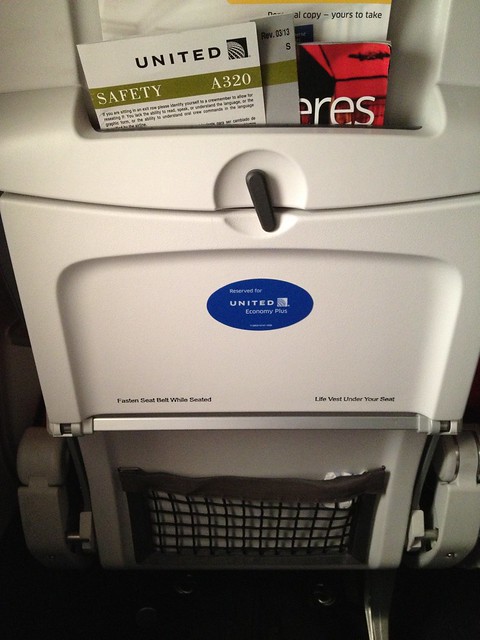
All in all the seat is a disappointment and I hope decision makers at United are flying on these planes and noting the issues that customers are having. I cannot imagine sitting in one of these seats for a transcon or even a red-eye, which are bad enough without uncomfortable seats thrown into the mix. The revenue of those six extra seats may look good on an accountant’s business case but it is being earned on passenger’s lower backs and rear ends.
I know this was a lot of words to describe a seat but when you are in one of these things twice a week, every week, it kind of matters.
